Claudia Schon
Selection Strategies for Commonsense Knowledge
Feb 21, 2022



Abstract:Selection strategies are broadly used in first-order logic theorem proving to select those parts of a large knowledge base that are necessary to proof a theorem at hand. Usually, these selection strategies do not take the meaning of symbol names into account. In knowledge bases with commonsense knowledge, symbol names are usually chosen to have a meaning and this meaning provides valuable information for selection strategies. We introduce the vector-based selection strategy, a purely statistical selection technique for commonsense knowledge based on word embeddings. We compare different commonsense knowledge selection techniques for the purpose of theorem proving and demonstrate the usefulness of vector-based selection with a case study.
Modeling Associative Reasoning Processes
Jan 07, 2022



Abstract:The human capability to reason about one domain by using knowledge of other domains has been researched for more than 50 years, but models that are formally sound and predict cognitive process are sparse. We propose a formally sound method that models associative reasoning by adapting logical reasoning mechanisms. In particular it is shown that the combination with large commensense knowledge within a single reasoning system demands for an efficient and powerful association technique. This approach is also used for modelling mind-wandering and the Remote Associates Test (RAT) for testing creativity. In a general discussion we show implications of the model for a broad variety of cognitive phenomena including consciousness.
Negation in Cognitive Reasoning
Dec 23, 2020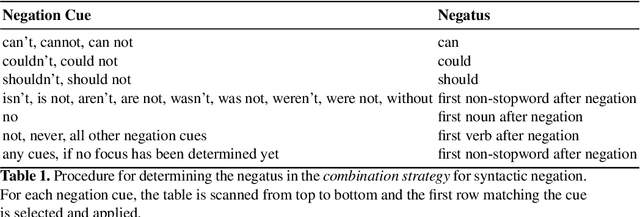

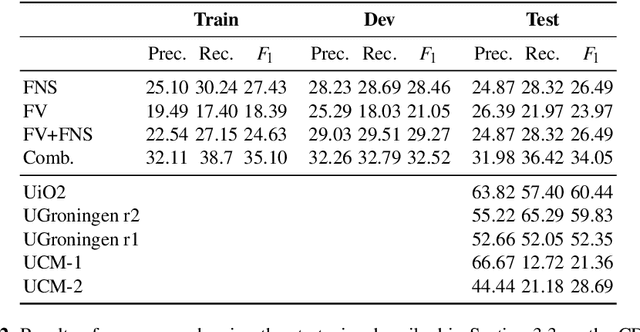
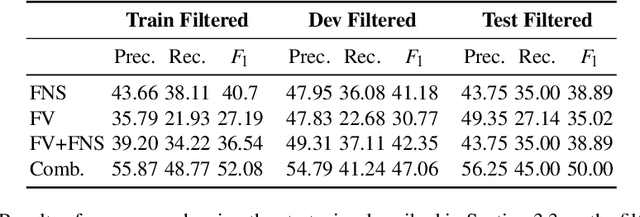
Abstract:Negation is both an operation in formal logic and in natural language by which a proposition is replaced by one stating the opposite, as by the addition of "not" or another negation cue. Treating negation in an adequate way is required for cognitive reasoning, which comprises commonsense reasoning and text comprehension. One task of cognitive reasoning is answering questions given by sentences in natural language. There are tools based on discourse representation theory to convert sentences automatically into a formal logical representation. However, since the knowledge in logical databases in practice always is incomplete, forward reasoning of automated reasoning systems alone does not suffice to derive answers to questions because, instead of complete proofs, often only partial positive knowledge can be derived. In consequence, negative information from negated expressions does not help in this context, because only negative knowledge can be derived from this. Therefore, we aim at reducing syntactic negation, strictly speaking, the negated event or property, to its inverse. This lays the basis of cognitive reasoning employing both logic and machine learning for general question answering. In this paper, we describe an effective procedure to determine the negated event or property in order to replace it with it inverse and our overall system for cognitive reasoning. We demonstrate the procedure with examples and evaluate it with several benchmarks.
Consciousness and Automated Reasoning
Jan 26, 2020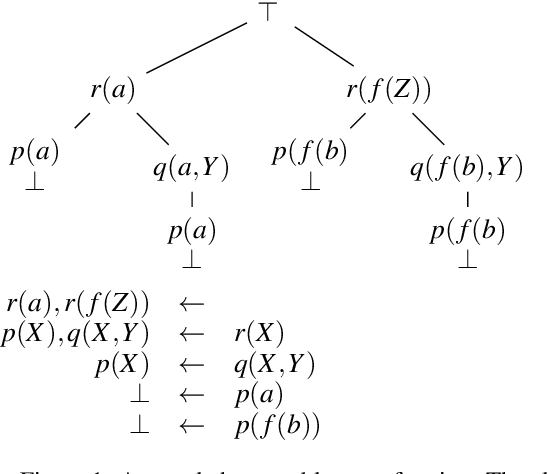
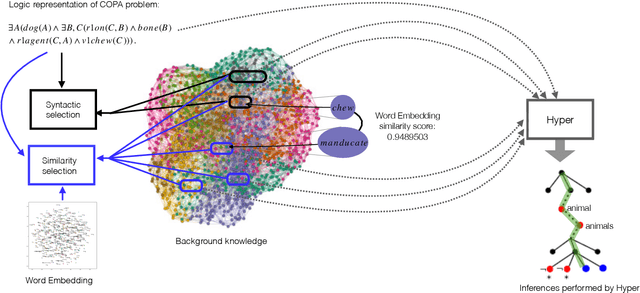
Abstract:This paper aims at demonstrating how a first-order logic reasoning system in combination with a large knowledge base can be understood as an artificial consciousness system. For this we review some aspects from the area of philosophy of mind and in particular Baars' Global Workspace Theory. This will be applied to the reasoning system Hyper with ConceptNet as a knowledge base. Finally we demonstrate that such a system is very well able to do conscious mind wandering.
Using ConceptNet to Teach Common Sense to an Automated Theorem Prover
Dec 30, 2019

Abstract:The CoRg system is a system to solve commonsense reasoning problems. The core of the CoRg system is the automated theorem prover Hyper that is fed with large amounts of background knowledge. This background knowledge plays a crucial role in solving commonsense reasoning problems. In this paper we present different ways to use knowledge graphs as background knowledge and discuss challenges that arise.
* In Proceedings ARCADE 2019, arXiv:1912.11786
The RatioLog Project: Rational Extensions of Logical Reasoning
Jul 30, 2015


Abstract:Higher-level cognition includes logical reasoning and the ability of question answering with common sense. The RatioLog project addresses the problem of rational reasoning in deep question answering by methods from automated deduction and cognitive computing. In a first phase, we combine techniques from information retrieval and machine learning to find appropriate answer candidates from the huge amount of text in the German version of the free encyclopedia "Wikipedia". In a second phase, an automated theorem prover tries to verify the answer candidates on the basis of their logical representations. In a third phase - because the knowledge may be incomplete and inconsistent -, we consider extensions of logical reasoning to improve the results. In this context, we work toward the application of techniques from human reasoning: We employ defeasible reasoning to compare the answers w.r.t. specificity, deontic logic, normative reasoning, and model construction. Moreover, we use integrated case-based reasoning and machine learning techniques on the basis of the semantic structure of the questions and answer candidates to learn giving the right answers.
* 7 pages, 3 figures
Automated Reasoning for Robot Ethics
Feb 20, 2015Abstract:Deontic logic is a very well researched branch of mathematical logic and philosophy. Various kinds of deontic logics are considered for different application domains like argumentation theory, legal reasoning, and acts in multi-agent systems. In this paper, we show how standard deontic logic can be used to model ethical codes for multi-agent systems. Furthermore we show how Hyper, a high performance theorem prover, can be used to prove properties of these ethical codes.
Cognitive Systems and Question Answering
Nov 18, 2014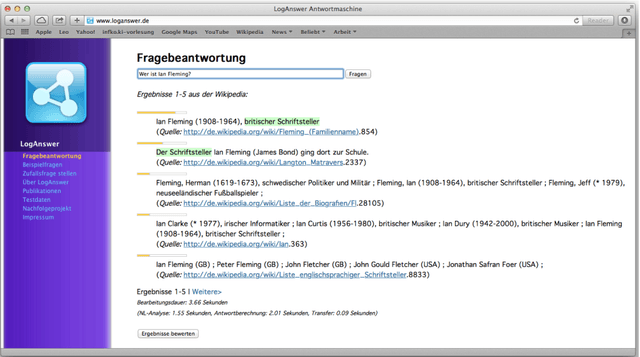
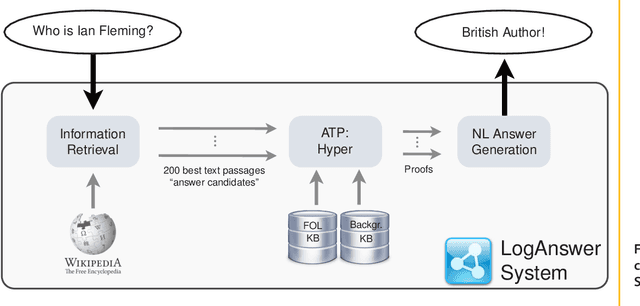
Abstract:This paper briefly characterizes the field of cognitive computing. As an exemplification, the field of natural language question answering is introduced together with its specific challenges. A possibility to master these challenges is illustrated by a detailed presentation of the LogAnswer system, which is a successful representative of the field of natural language question answering.
Automated Reasoning in Deontic Logic
Nov 18, 2014

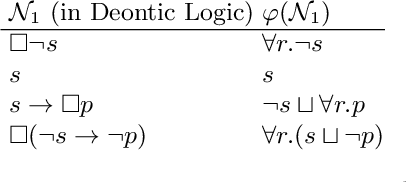

Abstract:Deontic logic is a very well researched branch of mathematical logic and philosophy. Various kinds of deontic logics are discussed for different application domains like argumentation theory, legal reasoning, and acts in multi-agent systems. In this paper, we show how standard deontic logic can be stepwise transformed into description logic and DL- clauses, such that it can be processed by Hyper, a high performance theorem prover which uses a hypertableau calculus. Two use cases, one from multi-agent research and one from the development of normative system are investigated.
Deontic Logic for Human Reasoning
Sep 18, 2014



Abstract:Deontic logic is shown to be applicable for modelling human reasoning. For this the Wason selection task and the suppression task are discussed in detail. Different versions of modelling norms with deontic logic are introduced and in the case of the Wason selection task it is demonstrated how differences in the performance of humans in the abstract and in the social contract case can be explained. Furthermore it is shown that an automated theorem prover can be used as a reasoning tool for deontic logic.
 Add to Chrome
Add to Chrome Add to Firefox
Add to Firefox Add to Edge
Add to Edge